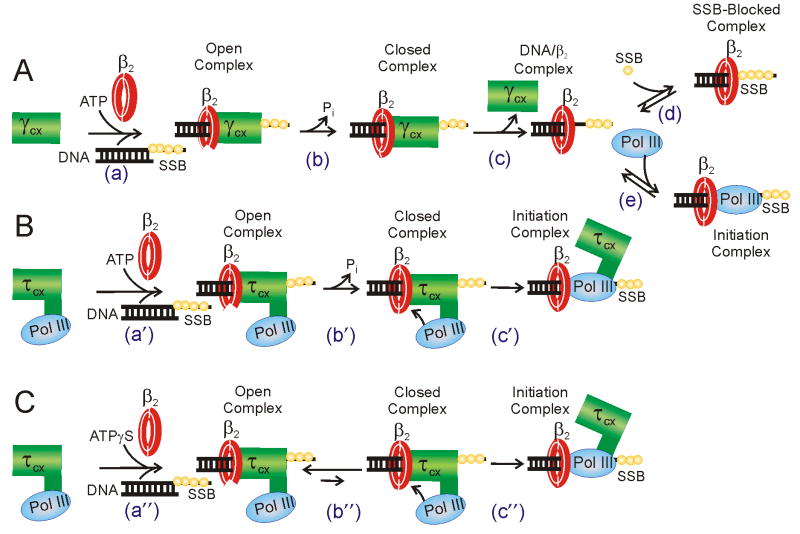Figure 7. Models for unchaperoned and chaperoned initiation complex formation.
A) Model for unchaperoned initiation complex formation catalyzed by the γ-complex. Most features of this reaction have been established by previous work and are discussed and cited in the text. To provide a plausible explanation for why initiation is inhibited by SSB, step d includes a process where SSB binds the template DNA in place of the dissociated γ-complex. In this mechanism, free Pol III diffuses to a β2/DNA complex after γ-complex dissociates. B) Model for chaperoned initiation complex formation catalyzed by the τ-complex. Steps a′ and b′ of this reaction are the same as the analogous steps for γ-complex in (A) except that Pol III is associated with the DnaX complex. In step c′ Pol III binds to the newly loaded β2, permitting concerted Pol III loading. In contrast to the γ-complex mechanism, the contact of the τ-complex around the primer terminus is preserved in the Pol III/β2 binding step, providing an explanation for why this reaction is not inhibited by SSB. C) Model for chaperoned initiation complex formation in the absence of ATP hydrolysis. The mechanism is the same as (B) except that in a″ ATPγS substitutes for the allosteric effects of ATP and in b″ the closing of β2 is energetically unfavorable in the absence of ATP hydrolysis. The coupled equilibria of steps b″ and c″ drive the reaction to form an initiation complex, competent for extension upon the addition of dNTPs.

